|
Haglund's deformity, or retrocalcaneal exostosis, is a bony enlargement of the back of the heel bone which was first described by Patrick Haglund in 1927. Haglund’s can be referred to as a “pump bump” because it’s been associated with people who wear rigid backed pump style shoes. It can become very painful and cause blisters and bursitis at the back of the heel from friction inside shoes. Haglund’s deformity may be accompanied by a calcaneal bone spur and/or intra-tendoneal calcification of the Achilles tendon. Traditional medicine and physical therapy often say Haglund’s is caused by hereditary factors such as high arches, tight Achilles tendons, and walking on the outside of their feet. In runners it is also said to be an overuse injury. First, it’s important to understand the body responds to stimulus and all those factors are a response to our environment rather than genetic.
Haglund’s always occurs on one heel and not both (at least at the same time and same intensity) just like all other injuries, which means that the injury is caused not by use or overuse but imbalances in the body left to right. Below I will walk you through 3 simple tests to help you feel and understand what is causing your Haglund's deformity and pain.
0 Comments
Below are lists of most common nutritional sources during ultra running training and racing to easily allow you to optimize your carbs per hour for peak performance. There is a list for each of these categories: Drink Mixes, Gels, Gummies, Bars and Waffles, and Whole Foods that list the amounts of carbs, sugar, protein, fat, and sodium in each product/food source. My goal is to make is easy for you to calculate how many carbs (and other nutrients) are you consuming with your current plan and be able to modify/improve your nutritional plan to optimize training and racing performance and recovery.
Related articles that are must reads to go along with this: How to get high carbs per hour. How to Maximize Race Day Performance and Minimize GI Distress. Carbs are King/Queen! We have all heard that carbs are king and we will feel better and perform better while consuming a high number of carbs per hour (60-125g/hour), but how do we do that? Step one is start looking at different foods and energy products to see how many carbs they contain per serving. Make a list of them so it's easy to calculate carbs per hour. Step two is look at the list and figure out which foods/products you know you already like and your GI system handles well. Figure out which foods/products you can eat per hour to reach your carb goal. New athlete to high carb fuelingIf you're newer to high carb fueling, start with a goal of getting 60g carbs/hour. Some examples are below.
When I think about planning my weekends over a running year, I always find a couple races to do, but really adventure runs are what excite me most. Sometimes I do them with friends, sometimes with my dog Lucky, and sometimes solo, but always with a smile on my face. My favorite adventure runs are circumnavigations, defined as looping around something, for me usually a cascade volcano because that's what the PNW is spotted with. I've always liked looped course runs more than out-and-backs, but there is something extra special about running all the way around a mountain. I love seeing the mountain from all sides noticing the differences in terrain and plants and how the light hits each side of the mountain differently from sunrise to sunset. When I finish, I always feel like I did something special.
About 50% of all runners are injured each year, and 50-75% of those injuries are classified as overuse injuries. The definition of an overuse injury is: damage to a bone, muscle, ligament, or tendon caused by repetitive submaximal stress without allowing adequate time to allow for structural adaptation to take place. Examples of overuse injuries are:
Most overuse injuries are blamed on doing "too much too soon" or "training load errors". While this makes sense at first, with further examination it becomes clear this isn't the whole picture.
The Big AltaI am a big proponent of high carb intakes during training and racing and research backs this up also. Recently I ran the 28k at Big Alta by Freetrail and Daybreak Racing in beautiful Marin County, California and wanted to use my race as an example of high carb intake during racing. First of all, the Big Alta is an amazing weekend of trail running and I would highly encourage you to go race or watch next year. 2024 was the first year of the race and it amazing. Race weekend was so fun with the 50k on Saturday and the 28k on Sunday. I watched some friends race the 50k on Saturday and hung out at some aid stations and the finish line and it was such a great vibe. Sunday I raced the 28k with a bunch of friends and had a blast.
In endurance sport, including ultra marathon running, carbs are king/queen. Carbs are our primary fuel source and the one that allows us to perform at our best. Yes we are always burning some percentage of our calories from fat, but maintaining optimal levels of blood glucose through the regular consumption of carbs during endurance running is the only way to perform at our best.
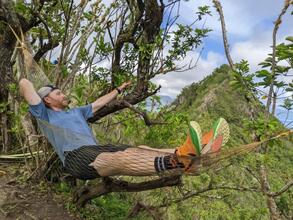 Let’s talk about recovery. Ultramarathon runners run big miles, lots of vert, and tough races and they quickly learn that hard training and racing requires good recovery. Without recovery we can’t reap the benefits of a great training plan with hard workouts. At best our fitness will suffer and at worst we’ll get injured or sick. When athletes think about recovery, often what comes to mind are products marketed as helping recovery like supplements, recovery drinks, pneumatic compression boots, cryotherapy chambers, percussion massagers, etc. But do these really help recovery and boost fitness? What about old school recovery tools like sleep and whole food nutrition? What role do recovery runs play and how and when are they best used?
|
Matt'sTrail and ultra running thoughts, advice, and research. Archives
January 2024
Categories
All
|



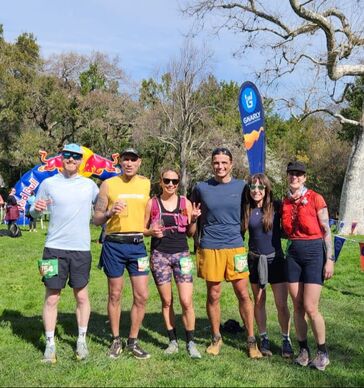
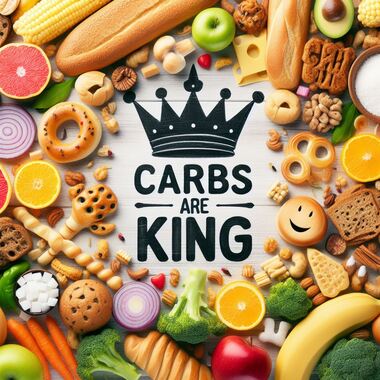
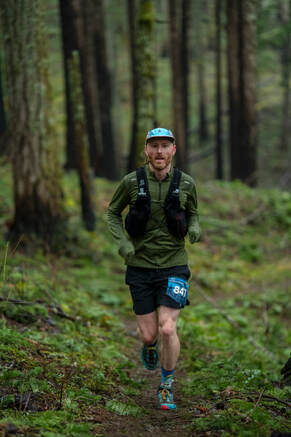
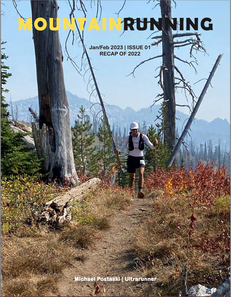
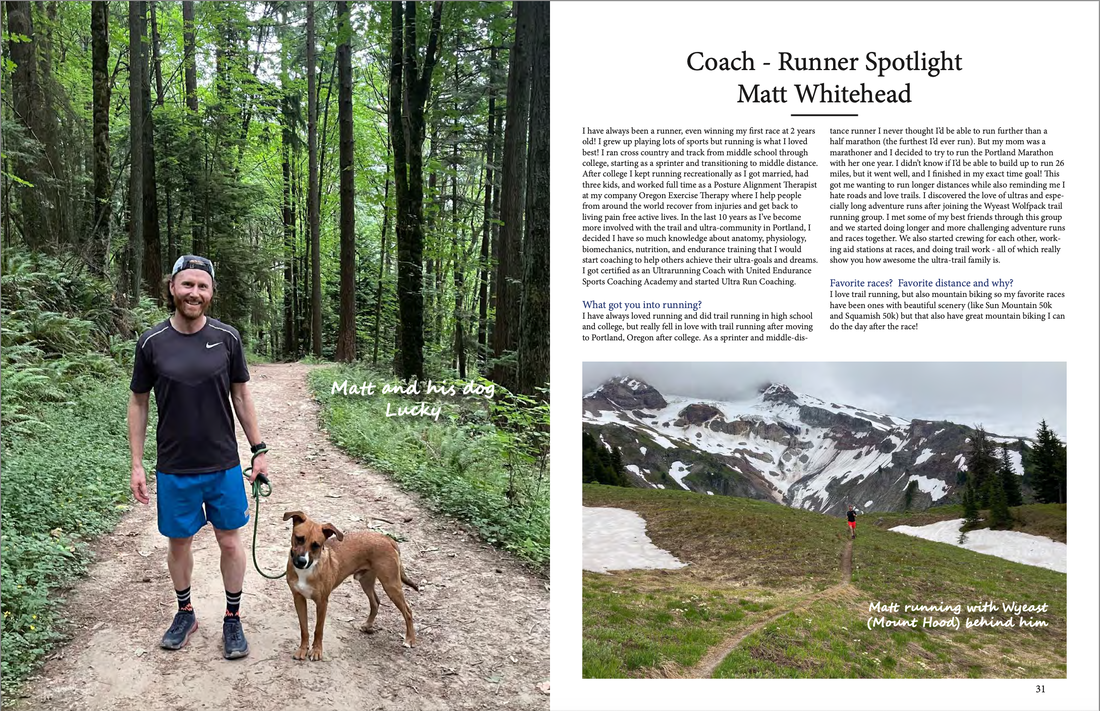
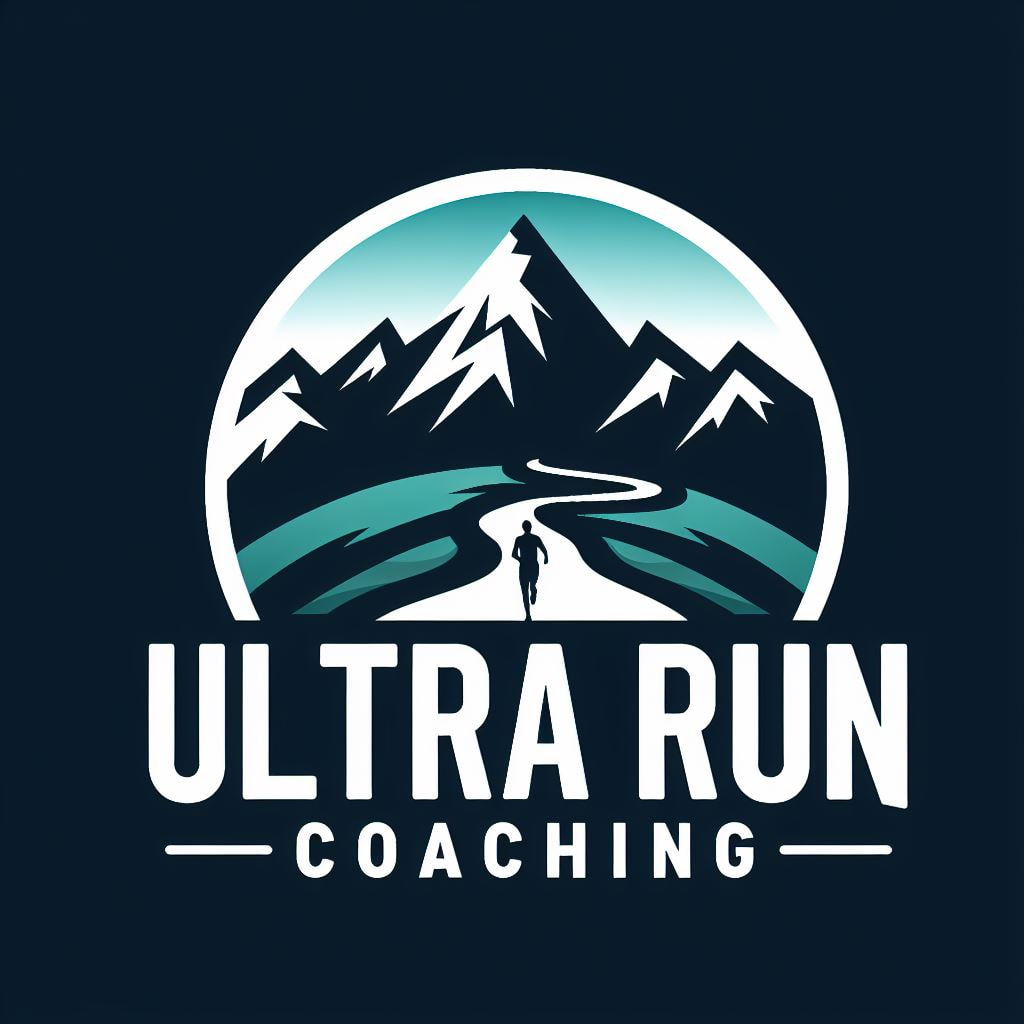
 RSS Feed
RSS Feed